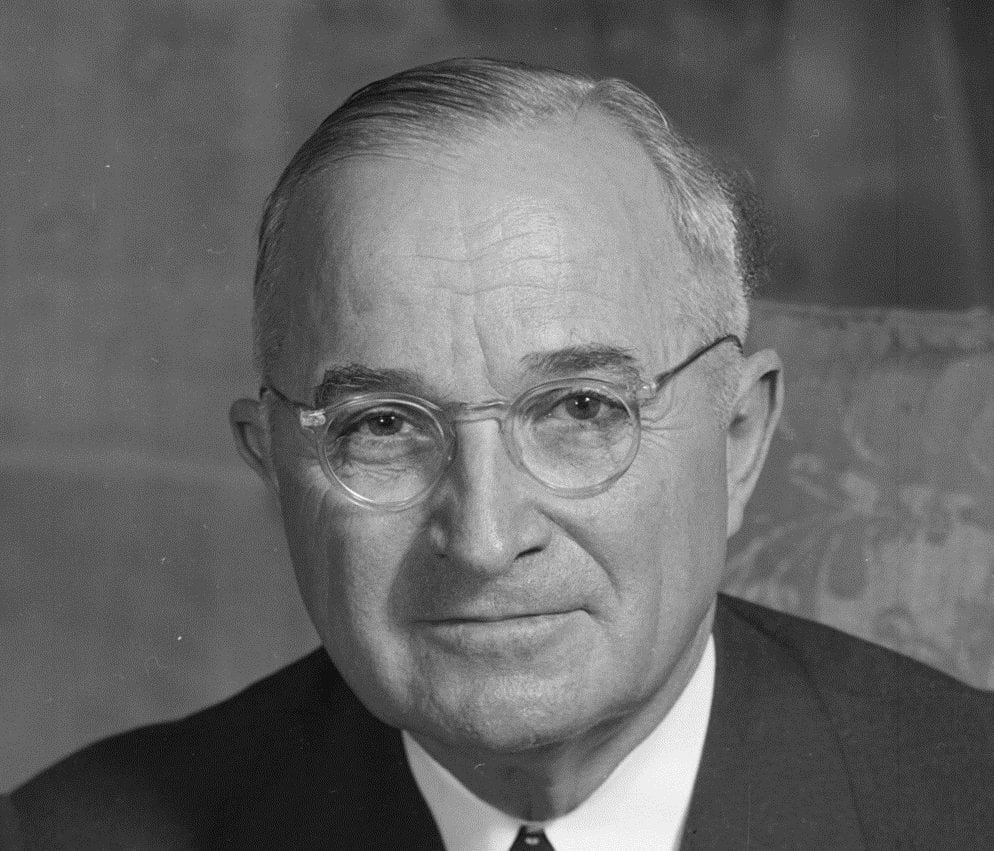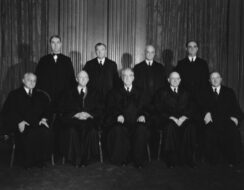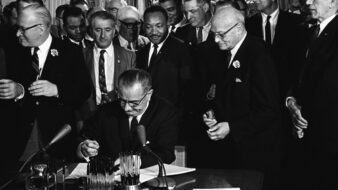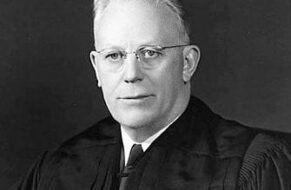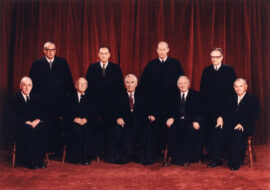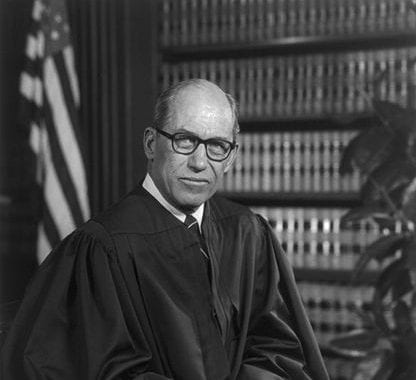Introduction
Following World War II, opponents of the Indian New Deal (See Letter to John Collier) asserted themselves, and assimilation again became U.S. Indian policy. This manifested itself in the twin policy of Termination and Relocation and the creation of the Indian Claims Commission (1946; see Legal Status of Indians).
Under Termination and Relocation, the United States sought to end its government-to-government relationships with Native nations as separate sovereigns within the federal system. One consequence was to encourage Native Americans to move from reservations to selected American cities where it was assumed that surplus labor would be needed in the postwar years. The policy was administered by Commissioner of Indian Affairs Dillon S. Myer. His previous experience with minorities was as director of the War Relocation Authority, which ran internment camps for Japanese Americans during World War II. The Indian Claims Commission was an attempt to establish a judicial body that would settle all Native claims for all time. Both policies failed. After a number of extensions, the Indian Claims Commission was finally abolished in 1978. Its remaining pending cases were transferred to the U.S. Court of Claims. Unresolved Indian claims remain to this day.
As a result of Termination and Relocation, more than 70 percent of Native Americans today live in cities, not on reservations. In this House resolution, Congress set forth the reasoning behind the policy.
—Jace Weaver
Whereas it is the policy of Congress, as rapidly as possible, to make the Indians within the territorial limits of the United States subject to the same laws and entitled to the same privileges and responsibilities as are applicable to other citizens of the United States, to end their status as wards of the United States, and to grant them all of the rights and prerogatives pertaining to American citizenship; and Whereas the Indians within the territorial limits of the United States should assume their full responsibilities as American citizens: Now, therefore, be it
Resolved by the House of Representatives (the Senate Concurring),
That it is declared to be the sense of Congress that, at the earliest possible time, all of the Indian tribes and the individual members thereof located within the states of California, Florida, New York, and Texas, and all of the following named Indian tribes and individual members thereof, should be freed from federal supervision and control and from all disabilities and limitations specially applicable to Indians: the Flathead Tribe of Montana, the Klamath Tribe of Oregon, the Menominee Tribe of Wisconsin, the Potowatamie Tribe of Kansas and Nebraska, and those members of the Chippewa Tribe who are on the Turtle Mountain Reservation, North Dakota. It is further declared to be the sense of Congress that, upon the release of such tribes and individual members thereof from such disabilities and limitations, all offices of the Bureau of Indian Affairs in the states of California, Florida, New York, and Texas and all other offices of the Bureau of Indian Affairs whose primary purpose was to serve any Indian tribe or individual Indian freed from federal supervision should be abolished.1 It is further declared to be the sense of Congress that the Secretary of Interior should examine all existing legislation dealing with such Indians, and treaties between the government of the United States and each such tribe, and report to Congress at the earliest practicable date, but not later than January 1, 1954, his recommendations for such legislation as, in his judgment, may be necessary to accomplish the purpose of this resolution.
















